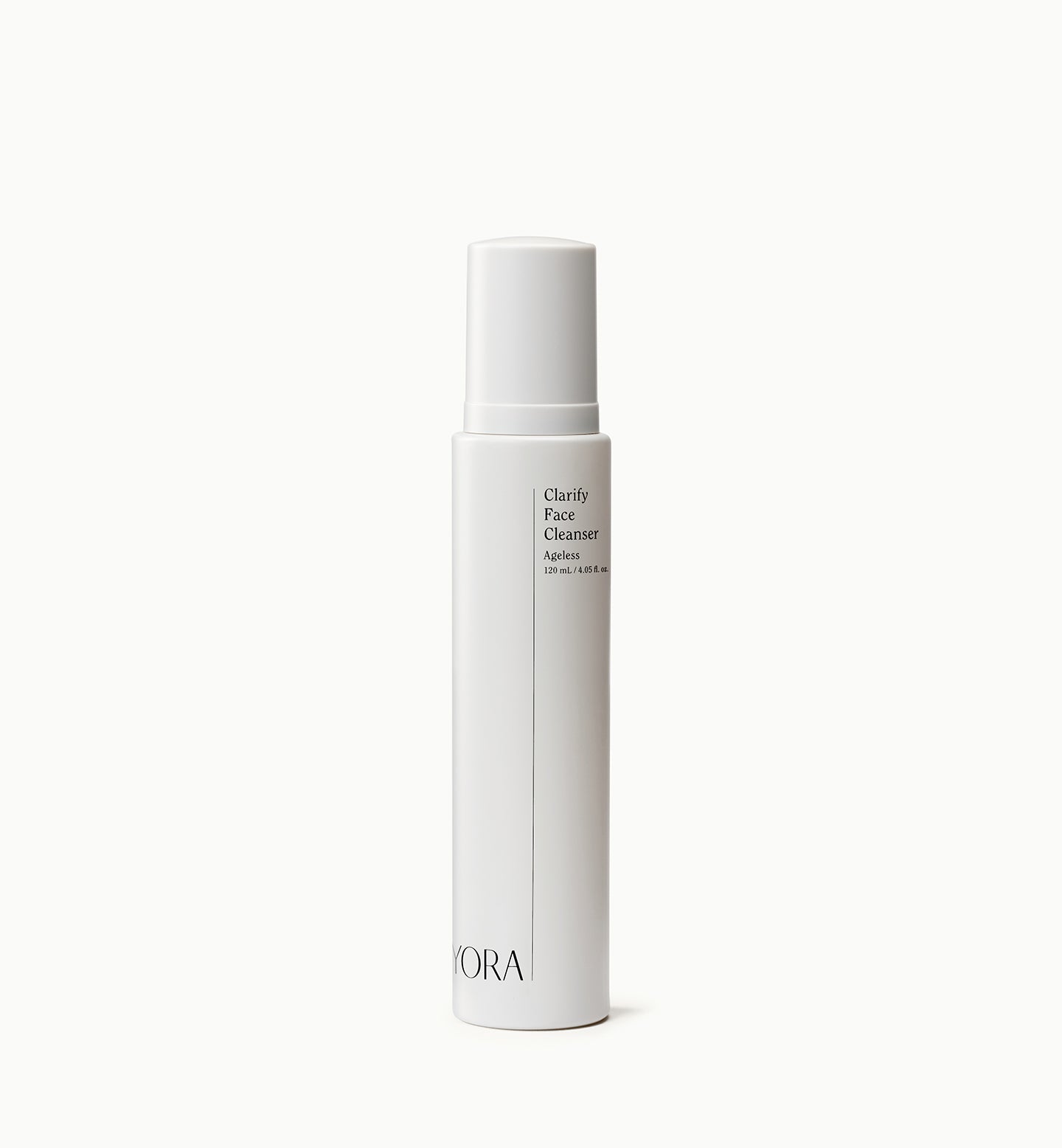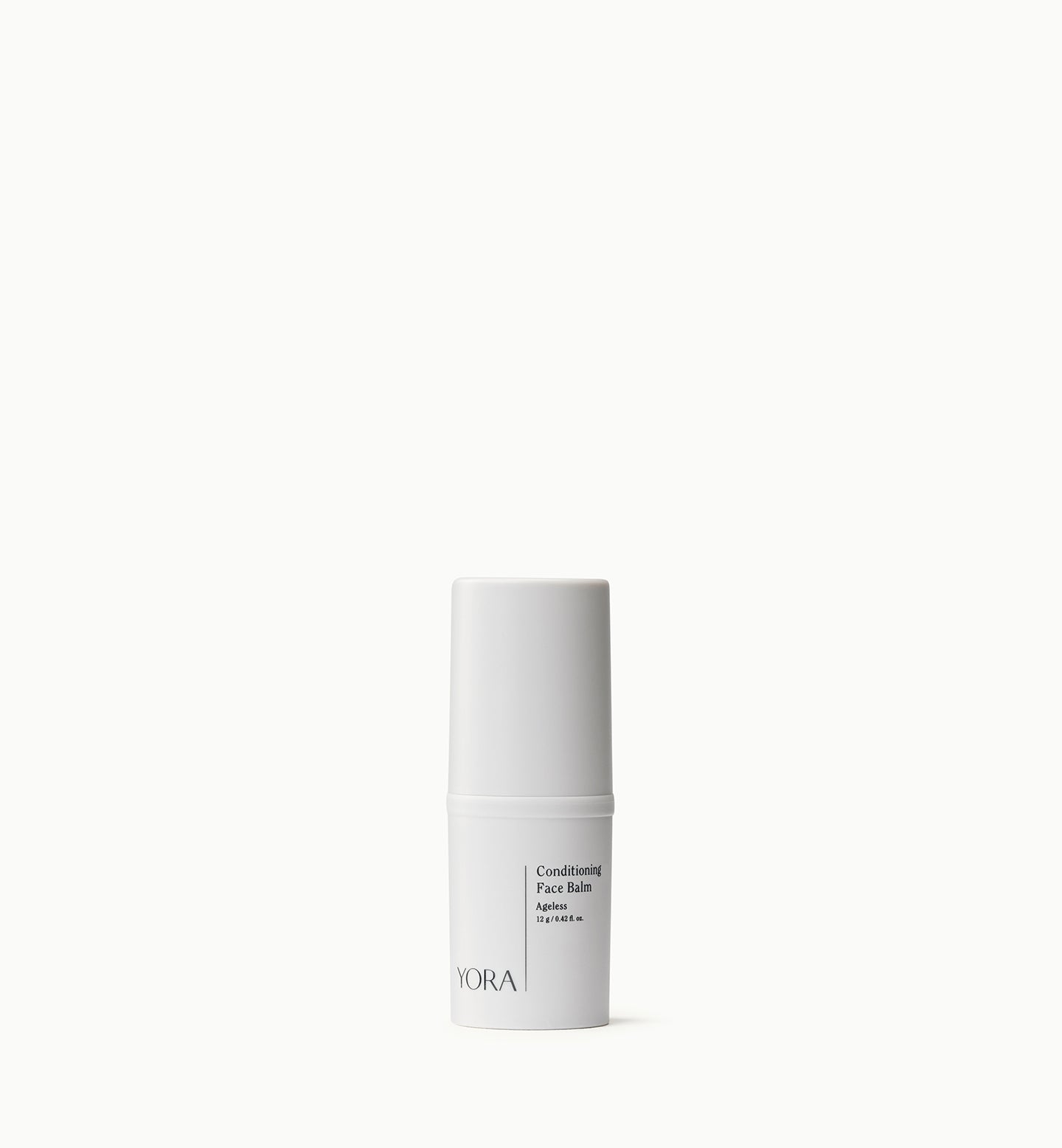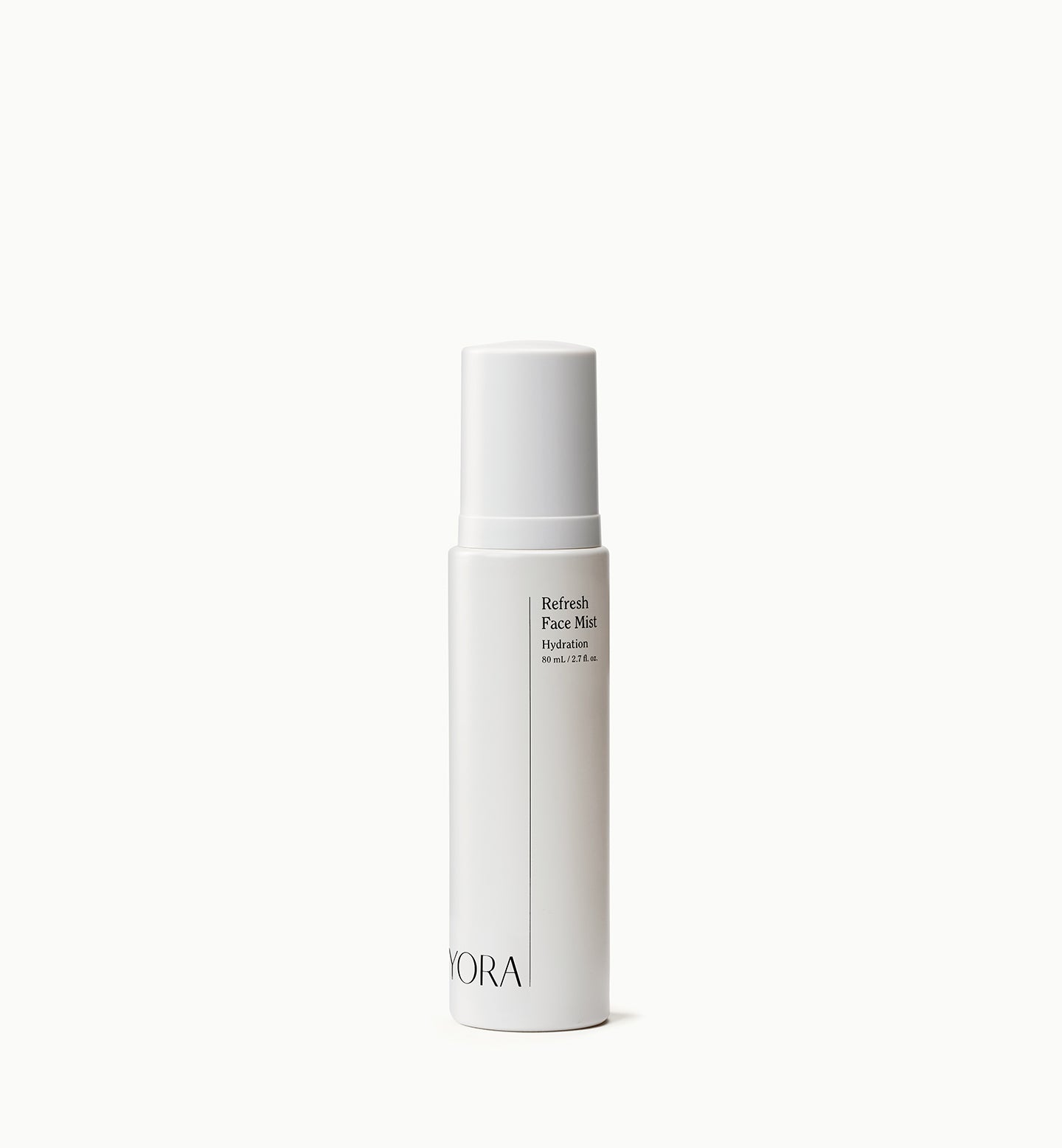Ever wondered about why your skin can bounce back effortlessly after being stretched? The answer lies in elastin, a key protein that bestows your skin with elasticity. Yet, this elasticity dwindles as your skin ages.
In this article, we will cover the reasons behind the loss of skin elasticity and what you can do to slow it down.
What Makes Up Your Skin's Elasticity?
Collagen and elastin are extracellular matrix (ECM) proteins that work together in the dermis. They also make up the skin's connective tissues.
Elastin is also present in other dynamic tissues such as the lungs, ligaments, and blood vessels. When elastin molecules band together, they form an elastin microfibril. A group of microfibrils then join together to create a mature elastin fiber. This network of elastin fibers allows your skin to spring back into its original state after being stretched or contracted.
The Difference Between Collagen and Elastin
The main difference between collagen and elastin is that collagen provides your skin with tensile strength while elastin supplies it with elasticity. Both proteins work together to provide you with a firm and supple skin texture.
Another difference is that elastin is much more flexible than collagen. Elastin can stretch to about 200% of its original length while collagen can only be stretched to 10% of its resting length before breaking. This is why elastin is primarily responsible for your skin's elasticity.
What Causes a Loss of Elasticity?
A loss of elasticity is often characterized by wrinkling and sagging skin. Several factors trigger and accelerate this process.
1. Age-Related Damage
The slow decline of your skin's elasticity is a natural part of the primary aging process.
Elastogenesis — a process in which elastin fibers are produced — mainly occurs when you're an infant, a 2016 study in the Journal of Cardiovascular Research notes. Tropoelastin is converted to elastin in elastogenesis. However, tropoelastin levels significantly decrease after infancy. The diminished tropoelastin content also means elastin fibers are not replenished throughout your lifetime.
As such, elastin fibers become increasingly susceptible to wear-and-tear as your skin ages. Moreover, elastin fibers are degraded by proteolytic enzymes such as elastase and matrix metalloproteinases (MMPs). This leads to accumulated fiber damage that is irreparable.
Subsequently, the network of elastin fibers in your skin loses its shape, resulting in a loss of elasticity. Reduced skin elasticity also leads to the decline of the connective tissues, prompting the appearance of loose, sagging skin.
2. Menopause
Menopause is a natural aspect of the aging process for women and is associated with estrogen deficiency. Low estrogen content is known to hasten the loss of skin elasticity, a 2019 study in the Journal of Phytotherapy Research points out.
3. Sun Exposure
Sun exposure is another major factor in speeding up the breakdown of your skin's elasticity. Ultraviolet (UV) radiation triggers a condition known as solar elastosis — the accumulation of abnormal elastic material in the dermis, a 2017 study in the Biochemistry and Biophysics Reports shared.
Additionally, UV rays stimulate elastase activity, which quickens the degradation of elastin. UV rays are also known to generate free radicals, creating oxidative stress that damages the skin cells. As such, deep wrinkles and a rough skin texture often appear on photoaged skin.
4. Air Pollution
Common pollutants in the air, like ozone particles, damage the elasticity of your skin.
Ozone depletes essential antioxidants in the skin, such as vitamin C and vitamin E. The reduced antioxidant content leads to the presence of more free radicals, which promotes oxidative stress.
A 2014 study in the Journal of Frontiers in Environmental Science also stated that ozone stimulation enhances the expression of MMPs — enzymes that degrade collagen and elastin. This further accelerates the breakdown of your skin's elasticity.
5. Glycation
Glycation refers to the modification of proteins like collagen and elastin, a 2016 study in the Journal of Foods explains. It results in the accumulation of advanced glycation end (AGE) products, which promotes oxidative stress.
The glycation of collagen and elastin also leads to tissue hardening and the loss of skin elasticity. Other factors like the aging process, sun exposure, and a high-glycemic diet can also enhance the negative effects of glycation.
6 Ways to Slow Down the Loss of Skin Elasticity
Now that we've understood what contributes to a loss in skin elasticity, it's time to learn about how you can slow down its decline.
1. Leverage Antioxidants
We've previously established that oxidative stress is one of the main factors affecting your skin's elasticity. Since oxidative stress is caused by free radicals, antioxidants are your best defense mechanism.
Antioxidants are naturally occurring substances in your skin that neutralize free radicals. This helps to reduce and prevent oxidative damage to the skin cells. There are two ways to boost the antioxidant content in your body — oral consumption and topical application.
Oral Consumption
In our post on The Clear Skin Diet, you learn that an antioxidant-rich diet is synonymous with good skin health. Choosing low-glycemic foods will also prevent the accumulation of AGEs in your skin.
On top of that, phytoestrogens also help in alleviating the skin-aging effects of estrogen deficiency. Phytoestrogens are a group of plant-based substances that exhibit estrogen-like effects.
Daidzein, a soy-based extract, has been known to increase collagen and elastin production in the dermis, a 2014 study in the Journal of the Society of Cosmetic Scientists of Korea reports. Another phytoestrogen, equol, is present in white cabbage and promotes skin elasticity too. According to a 2012 study in the Journal of BioFactors, equol increases collagen and elastin content while decreasing MMPs activity.
To improve the elasticity of your skin, eat foods like:
- Carotenoids: Carrots, grapefruit, kale, mangoes, oranges, spinach, and tomatoes.
- Lactobacilli: Cheese, fermented milk, olives, pickles, sauerkraut, and yogurt.
- Phytoestrogens: Walnuts, white cabbage, soybeans, miso paste, red clover, and red wine.
- Polyunsaturated fatty acids: Chia seeds, flaxseed, herring, mackerel, salmon, sardines, and tuna.
- Vitamin A: Cod liver oil, eggs, fortified skim milk, dark green and leafy vegetables like broccoli and spinach, and orange and yellow vegetables and fruits.
- Vitamin C: Bell peppers, blackcurrants, blueberries, citrus fruits, guavas, and kakadu plums.
- Vitamin D: Egg yolks and fatty fish like mackerel, salmon, and tuna.
- Vitamin E: Almonds, avocado, cooked spinach, sunflower oil, sunflower seeds, and wheat germ oil.
Topical Application
Besides ingesting antioxidants, applying them on your skin is also beneficial. A 2008 study in the Journal of Experimental Dermatology found that applying 5% vitamin C and 0.1% madecassoside for six months significantly improved the elastic fiber network in photodamaged skin.
As such, try YORA's Conditioning Face Balm. It's formulated with a potent blend of vitamin C, vitamin E, and Coenzyme Q10. Applying it will also help replenish antioxidants that have been lost due to ozone stimulation.
2. Sunscreen Is Non-Negotiable
Since photoaging can speed up the skin aging process, protecting your skin against UV rays is essential. Use a broad-spectrum sunscreen with SPF 30 formulation. For enhanced photoprotection, opt for a sunscreen that also contains vitamin C and vitamin E.
3. Anti-Pollution Skincare Products
As noted above, pollution is one of the leading causes behind fine lines and sagging skin. To prevent this from happening, opt for anti-pollution skincare products.
Cleanser
Use a cleanser that's specially designed to clear away all kinds of impurities. The Clarify Face Cleanser is a good choice with its dual combination of glycolic and salicylic acids to effectively cleanse your skin. It's also formulated with green tea to fight free radical damage.
Serum
Apply a serum that's formulated to protect your skin against complexion-dulling pollutants. The Defence Face Serum fits the bill, thanks to the addition of FILMEXEL® to act as a barrier against pollutants.
Concentrate
On days when you feel like your skin needs a boost, try YORA's Defence Face Concentrate. It contains lipochroman® to protect your skin against pollutants and retinol to reduce the appearance of fine lines.
The benefits of retinol and retinoids have also been demonstrated in a 1999 study in The British Journal of Dermatology. Applying an all-trans retinoic acid helped to repair elastic fibers within six weeks. Since retinol is a derivative of retinoic acid, albeit a milder version, retinol will likely display the same healing properties with consistent use.
4. Use an Air Purifier
Keep the surrounding air free of pollutants to further limit the breakdown of elastin fibers in your skin. Place an air purifier in your office or home to ensure clean air. Make sure that the size of your air purifier complements the square footage of the room. This will then ensure that the air within the room is completely purified.
5. Hydration Is Key
Hydration is also essential for healthy, supple skin texture. Pick a moisturizer that will reduce trans-epidermal water loss to lock in hydration more effectively.
An example would be our Rebalance Night Face Moisturiser that's equipped with HYDRACTIN® to boost your skin’s moisture levels. It also has CoQ10 to prevent free radical damage and SK-influx to protect your skin against pollutants.
6. Consider Cosmetic Procedures
There are many cosmetic procedures available to tackle the loss of elasticity.
For instance, a 2011 study featured in the International Journal of Dermatology conducted chemical peeling on photoaged mice skin. The results showed an "increase in dermal thickness, collagen fibers, and elastic fibers" that were maintained after 60 days. From this, it's evident that chemical peeling is effective in improving skin elasticity.
Another cosmetic procedure you can consider is the microcurrent facial. This non-surgical facial treatment uses a low-voltage electrical current to promote a firmer skin tone. It's proven to boost elastin production by 45% and collagen thickness by 10%.
Adopt a Wholistic Approach Now
To sum it up, a loss of skin elasticity is inevitable due to the aging process. However, other factors such as sun exposure and pollution can speed up this process and worsen the signs of aging.
Thankfully, with the right diet and skincare products, slowing down the breakdown of collagen and elastin in the skin is possible. The trick is to adopt a wholistic approach now so that you can enjoy firm, supple, and youthful skin for years to come.








